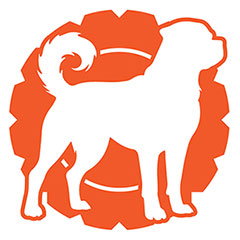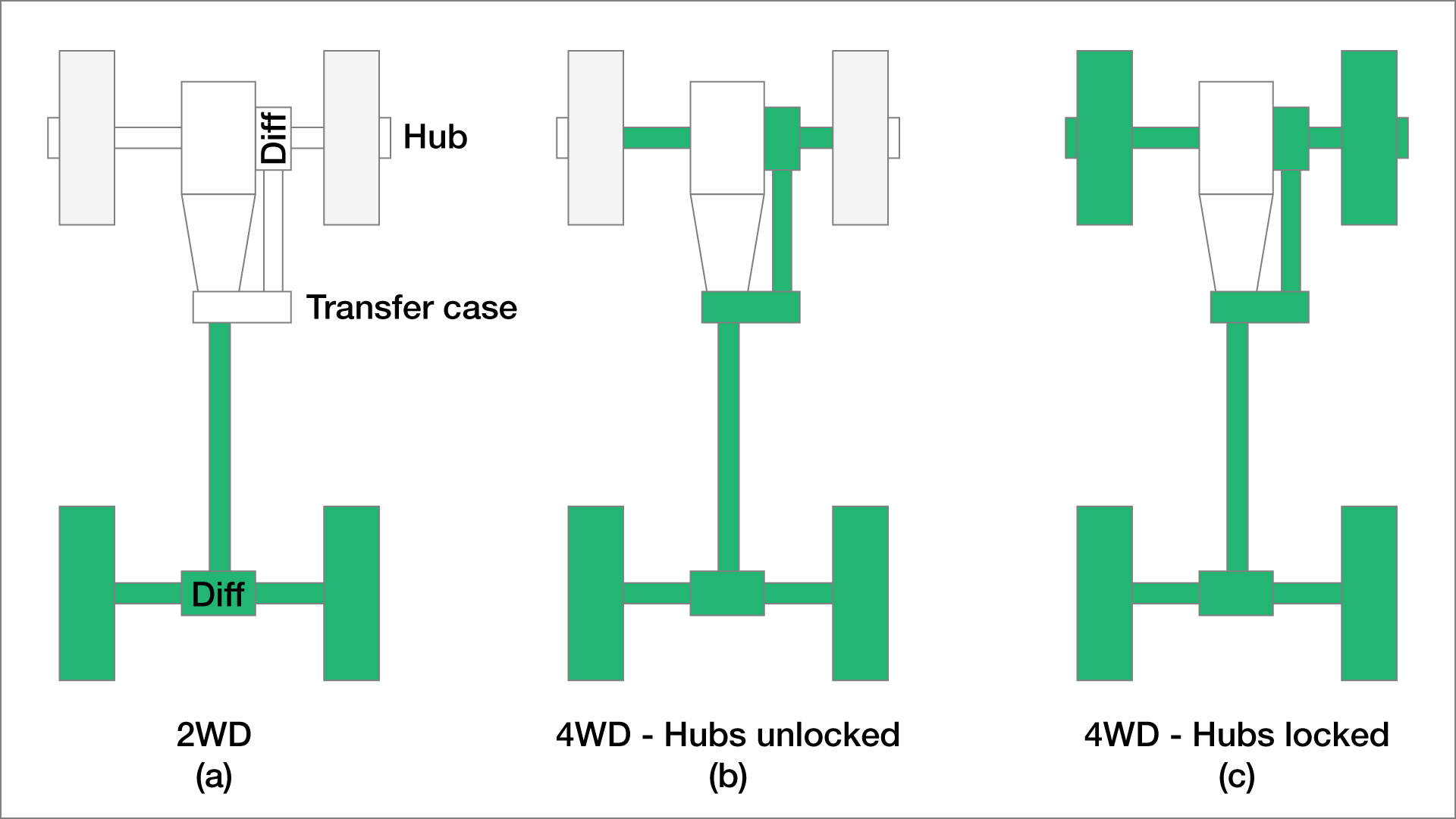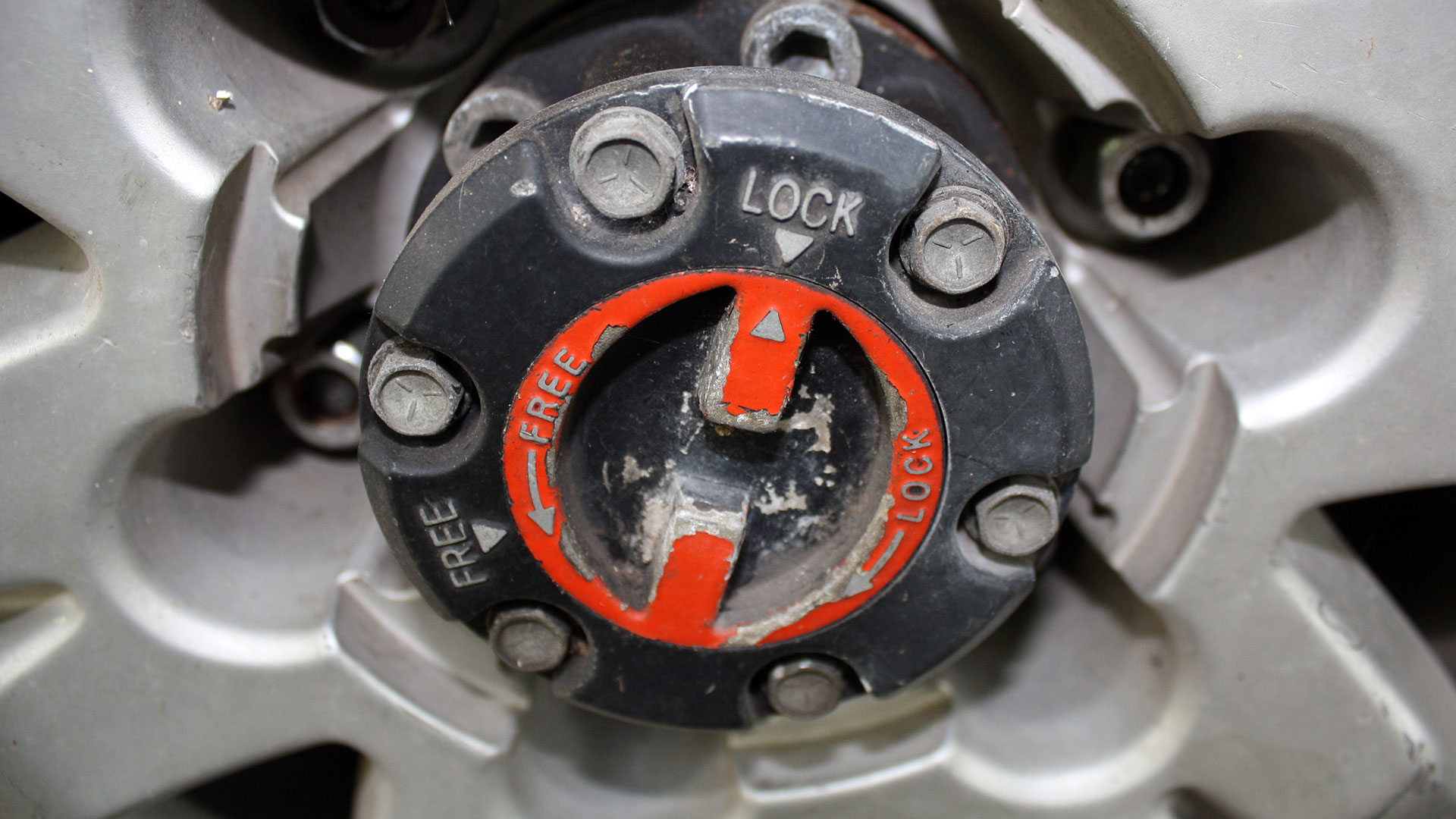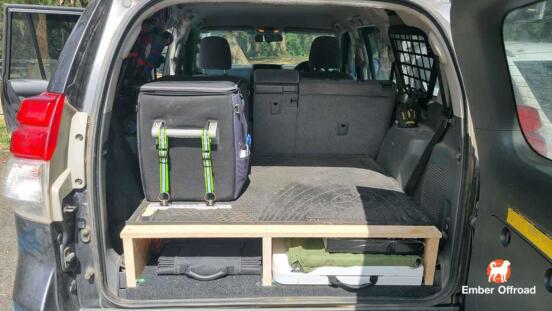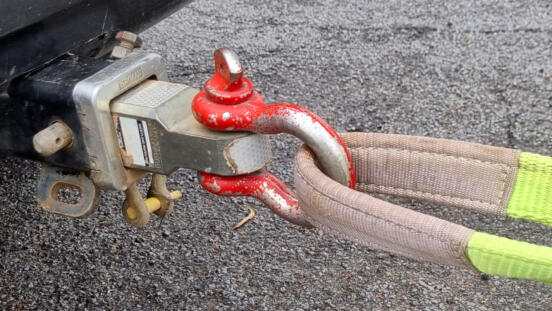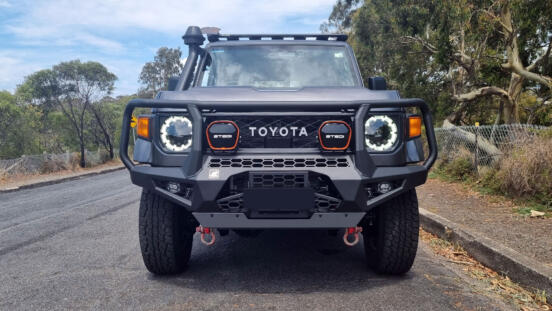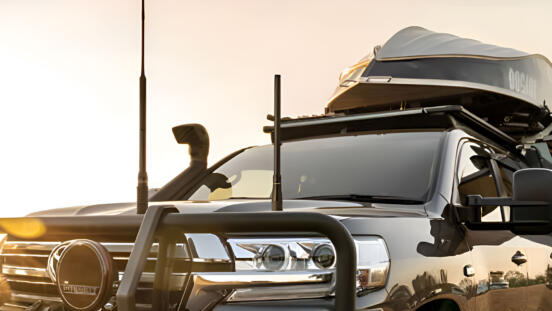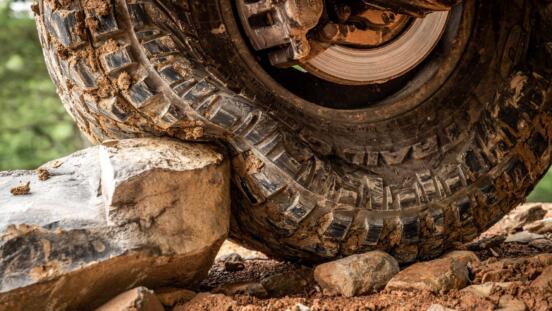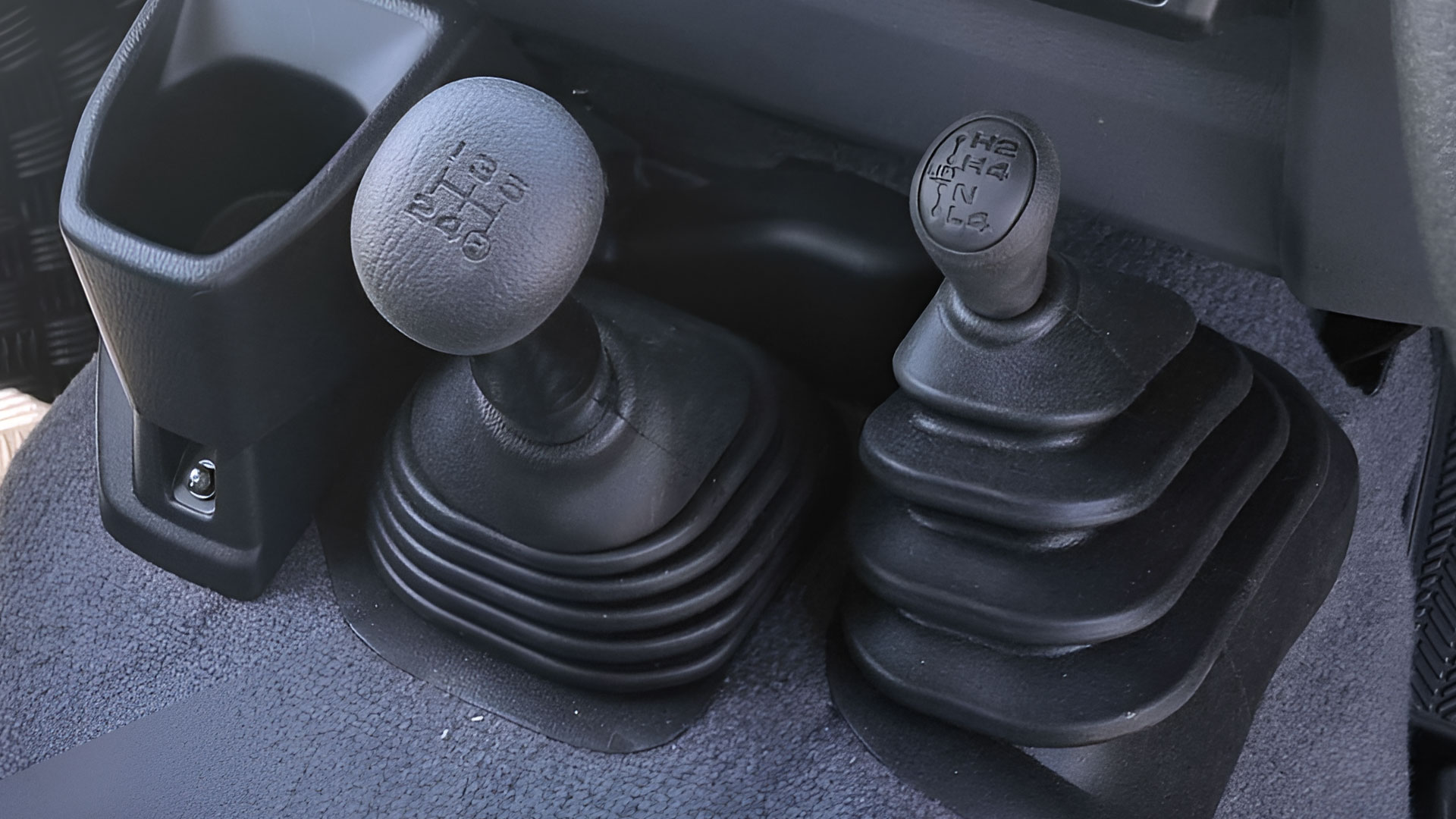
"Part-time" 4x4s can be a bit confusing for new off-roaders. Between 2wd and 4wd, high and low range, locking hubs, and cross-axle diff lockers, there are more than a dozen different driveline configurations your vehicle can potentially engage.
However, all drive modes aren't suitable for all situations, and some, when used in the wrong conditions, can lead to major vehicle damage. So when do you use each option, and why are there so many? Before that, let's make sure we're talking about the right vehicles.
Is this relevant for your 4x4?
It's important to understand that "full-time" and "part-time" 4x4s operate in significantly different ways. Many modern 4x4s are "full-time" 4WD that provide constant drive to both the rear and front axles and cannot be switched into 2WD. They may have locking center differentials, and a low-range gearbox, but always operate in 4WD.
Part-time 4WDs on the other hand, offer a number of different drive options via the transfer case. Typically these will be:
- 2H - Rear-wheel drive only, high range.
- 4H - Four-wheel-drive, high range.
- N - Neutral. No drive, even if you're standard gear shifter is engaged.
- 4L - Four-wheel-drive, low range.
(A small number of vehicles also offer 2L - Rear wheel drive only, low range - but this is fairly uncommon.)
If your 4x4 doesn't have a shifter/selector for the above 2WD and 4WD modes (like in the image above, or below) it will be "full-time" 4WD, and this article will not be applicable to your vehicle. If your vehicle does have one of these shifters, you've got yourself a part-time 4x4. If in any doubt, check your owner's manual.
Locking hubs
In addition to the 2/4/High/Low options, part-time 4x4s will also be fitted with locking hubs (also called free-wheeling hubs).
Unlocking these hubs disconnects the wheels from the drive of the front axles, allowing them to spin completely freely. They will not receive power regardless of whether the rest of the driveline is in 2WD or 4WD mode, and will not affect turning regardless of whether the front differential is open, or locked.
With the hubs unlocked, the vehicle is effectively a standard rear-wheel-drive. When the hubs are locked, and the driveline is put into 4WD, the engine once again sends power to both the rear and front of the vehicle.
Above in green, you can see where power is provided when in:
- 2WD mode with unlocked hubs.
- 4WD mode with unlocked hubs.
- 4WD mode with locked hubs.
When to use 2H, 4H, N, or 4L
2H - Rear-wheel drive only, high range.
2H is for standard driving, on the road and other firm surfaces; basically anywhere you would drive a regular car. While driving in 2H you can have your hubs unlocked, or locked, but as power is not being sent to the front axle you will always be in rear-wheel drive only.
4H - Four-wheel-drive, high range.
4H is for low traction surfaces, but where low-range gearing is not required, e.g. flat gravel and dirt roads, such as maintained forest roads or unpaved trails for property access. Situations where the extra control may be beneficial, but where still driving at regular driving speeds and not navigating difficult terrain or obstacles.
N - Neutral.
Transfer case Neutral is primarily a legacy function from early "Power Take Off" winches. Where the vast majority of modern recreational winches are electric, running off of the vehicle's battery and alternator, "PTO" winches are mechanically driven by the engine, through the transfer case.
When using a PTO winch, the transfer case is put into Neutral to completely disconnect the front and rear axles, and just provide drive to the winch.
PTO winches have their advantages (though that's a separate topic of its own), but are more of a special purpose setup as their installation is a lot more involved than an electric winch which you simply bolt onto the bullbar and connect to the battery. For 99% of off-roaders, you'll likely never use this.
4L - Four-wheel-drive, low range.
If you've been off-roading at all, you're probably already fairly familiar with the purpose of 4L: to provide four-wheel-drive while also drastically shortening your gearing. This reduces the speed of each gear, but greatly increases torque and control, which is exactly what you want when navigating difficult terrain like rutted tracks, or rock crawling.
Don't forget your hubs!
In 4H, and especially 4L where you will be tackling difficult terrain and traction is key, don't forget your front hubs.
Depending on exactly what hubs the vehicle is fitted with, if your hubs are not locked they will either be open, providing no drive to the front wheels, or operating in an 'automatic' mode which will likely provide inconsistent performance on difficult terrain.
If you have automatic hubs, leaving them in automatic for a short stint in 4H on an unpaved road will likely be fine, but in any conditions where 4L is required, your hubs should be locked for consistent, reliable performance.
Happy wheeling.
